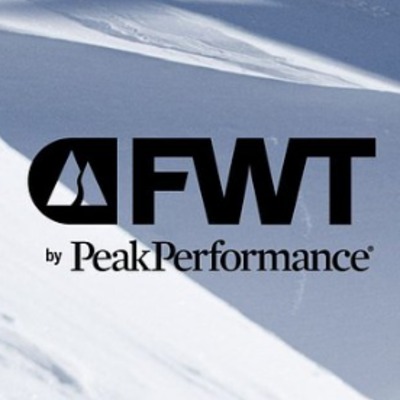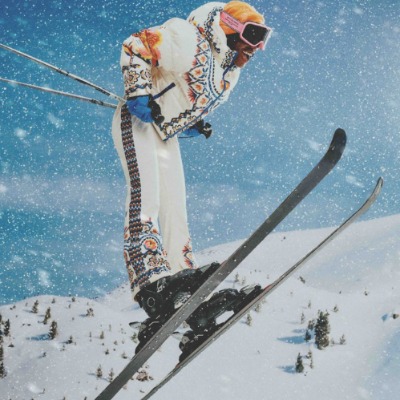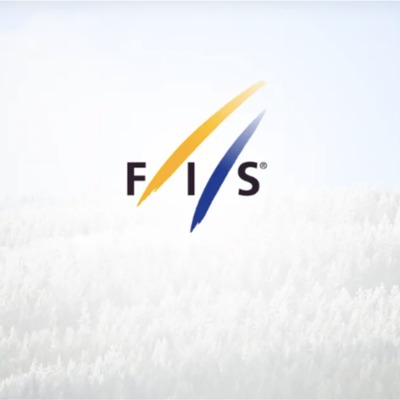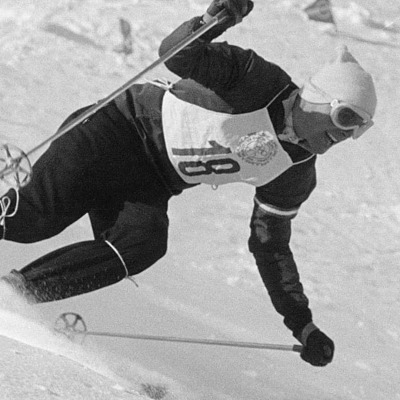Swiss Lift Co's Report Early Season Drops In Revenue
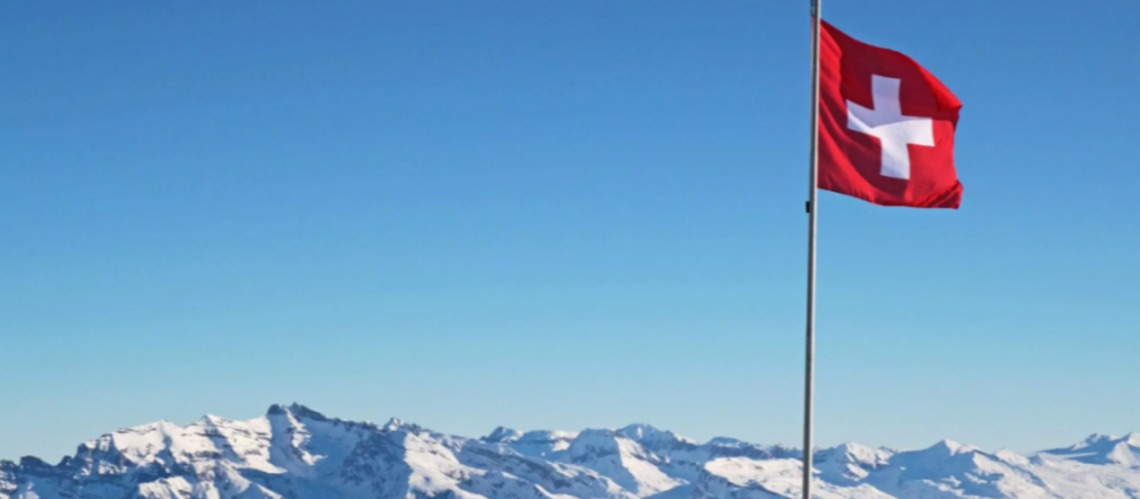
Swiss lift companies have recorded a minus of 9% in turnover and 24% in first-time entries at the beginning of the season. Compared to the last five years, sales remain average.
The 2022/23 winter season got off to a slow start. Compared to the extraordinary start of winter 2021/22, this year's season begins with a 24% drop in first-time entries and a 9% drop in sales. Reasons for the modest start are the warm temperatures after Christmas, which forced many ski lifts to close at lower altitudes, but also a short holiday season due to the public holidays falling on the weekends. Compared to the five-year average, the decrease in first-time admissions is 11%; in terms of sales, the previous winter of 2022/23 was on average.
The winter season in the Swiss ski areas has got off to a mixed start, and the gap between high-lying ski areas and lower-lying ones is clear. After December 2022 had started very cold and with snow down to the lowlands and good conditions for the coming weeks, the weather turned for Christmas and at times it rained up to 2000 m. Smaller ski areas in the lower and middle regions were particularly affected by this change in weather altitude affected. Thanks to the cold start to the season and the technical snowmaking facilities, the higher-lying ski areas were able to create a basis for a good offer in good time and are successfully on the way.
As was to be expected, the holiday season did not promise record business for the lift co's, as both Christmas and New Year fell on a weekend. For many guests, the second week of vacation was canceled, which experience has shown is used more for snow sports activities. In comparison with the previous year, the special corona situation must be taken into account: last winter, Switzerland was privileged in that many winter sports enthusiasts from Switzerland and abroad were able to indulge in their passion in the best conditions without any major restrictions. This year the season started under different conditions: Snow sports are again possible without restrictions in the surrounding Alpine countries. Compared to the previous year, first-time entries fell by 24% and sales across Switzerland by 9%
Destinations with a good range of pistes at over 2000m altitude have achieved slightly more first entries and turnover than in the previous year and are also above the five-year average for both parameters. All other territories combined have seen a decline of over 30% in first admissions and a decline of over 10% in revenue compared to the previous year (not shown). This clearly shows that ski areas at high altitudes and with good technical snowmaking can do very well even in mild winters.
The large regions of Valais and Graubünden report a decline of 19-21 percent, while the Bernese Oberland recorded a total of 27 percent in first-time admissions. In terms of sales, the declines are between six and eleven percent in these three regions. Central Switzerland recorded a 17 percent decline in first-time entries while at the same time stagnating in terms of turnover.
Even clearer declines were measured in the Vaud and Friborg Alps (-47% in frequencies and -39% in turnover), in Eastern Switzerland (each minus 50%) and in the Arc jurassien (railways stopped). Compared to the previous year, Ticino does particularly well, with almost three times more first-time entrants. It should be borne in mind here that the winter of 2021/22 in Ticino was extremely poor due to a lack of snow.
A comparison of the 5-year average is more meaningful in the long term. The change compared to the five-year average for Switzerland as a whole is -11% for first-time admissions; the turnover, on the other hand, corresponds to the five-year average, which includes the Corona winter. In the Valais and Graubünden regions, the current start to the season was relatively good. In the Bernese Oberland and Central Switzerland, first entries have fallen by around 20% compared to the 5-year average, while eastern Switzerland and the Vaud and Friborg Alps have been hit even harder with falls of around 40%. In Arc juassien, where the ski areas are located at low altitudes, the ski lifts were not running at all.











